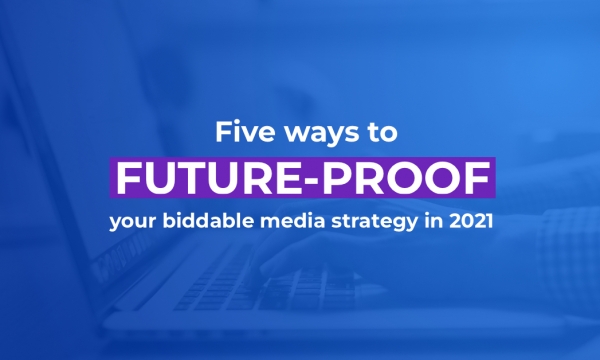
Ad managers will often sit and discuss the performance of a keyword. They will say “this keyword is performing really well”, or “this keyword is performing terrible”. But a keyword is not particularly exciting or dynamic, so why do we talk about them in this way? It’s because, by and large, it is all that they have had to go off as a KPI.
But the age of talking solely about keywords should come to an end. With the creation of Google Customer Match, it’s now time to start understanding the people behind the keyword, the users and our clients’ core target audience.
Whilst many advertisers will have rushed to get onto rolling out Customer Match for their clients in order to be early adopters, building lookalikes of thousands upon thousands of e-mail addresses from their clients first party data, they should be taking a step back. They need to ask themselves whether they are actually going to get any meaningful data from this.
The key to success will be simple on Customer Match, and it will come far before any impression is even served to any newly created audiences. The success or failure of a campaign will lie in the segmentation of the data. If you only pick up one thing from this article it should be this.
What do you know about your audience?
Exporting a full list of a client’s first party data and uploading it may initially result in some uplift in incremental conversions, but what does it tell you about the legacy of activity you have created previously for your client? Who are the people behind these keywords that drive conversions? What do they purchase? How old are they?
By deploying granular segmentation of this first party data, Customer Match will give you a clearer picture of this. So you need to be looking beyond thin layers of lookalike data, and start looking at much more relevant factors. The factors could be:
- Products purchased
- Frequency of purchase
- Value of purchase
- Device consumed
- Demographic (Age, Gender, Location)
- Channel purchased
Incorporating audiences similar to the above and overlaying them across your current campaigns, and then analysing the data, can quickly give you an understanding of the customer segments that actually drive this keyword performance. This is where the beauty of this targeting method comes into play, as it allows you to customise further ad copy, extensions and landing pages across particular keyword sets based on the intent of the user behind the keyword.
Matching the ad to the customer
Customer match gives you the power to do great things with your ad campaigns by allowing you to customise ads across brand and generic keywords for prospective new customers who are intrinsically linked and share strong behavioural traits to your current customers. If a customer is in the lookalike pot of customer who only purchases adidas trainers from the website, when they type in trainers, serve adidas products in the ads or in the site links. It sounds simple, but it is easy to miss without the right level of segmentation.
Customer match in its greatest sense is the dawn of mass personalisation.
With Customer Match there is no such thing as generic keywords, each former generic keyword should be highly customised to each identified customer segment as opposed to falling back into the typical one size fits all approach advertisers have had to take since the dawn of PPC.
The audience based revolution is here, and as digital marketers we should embrace it.




